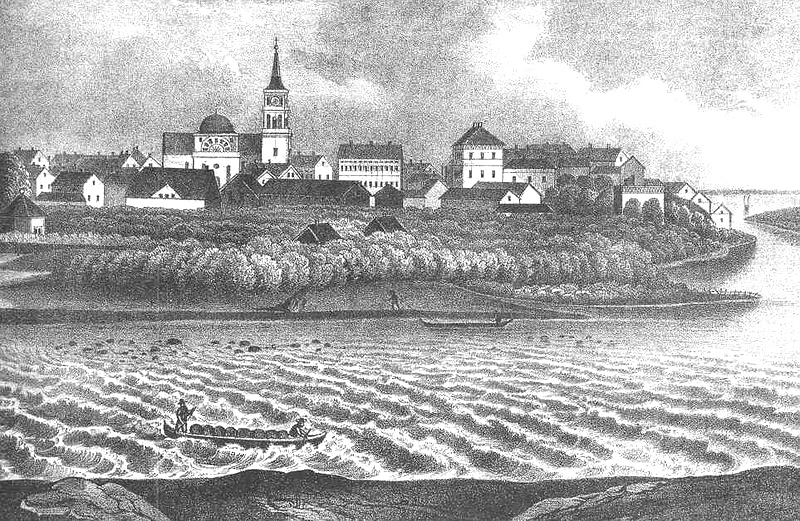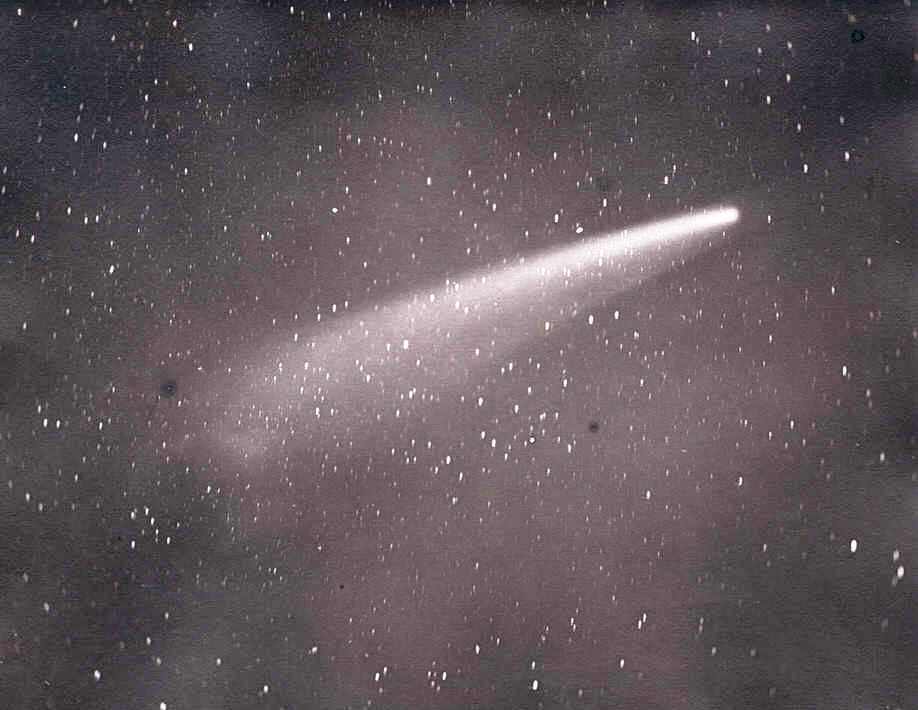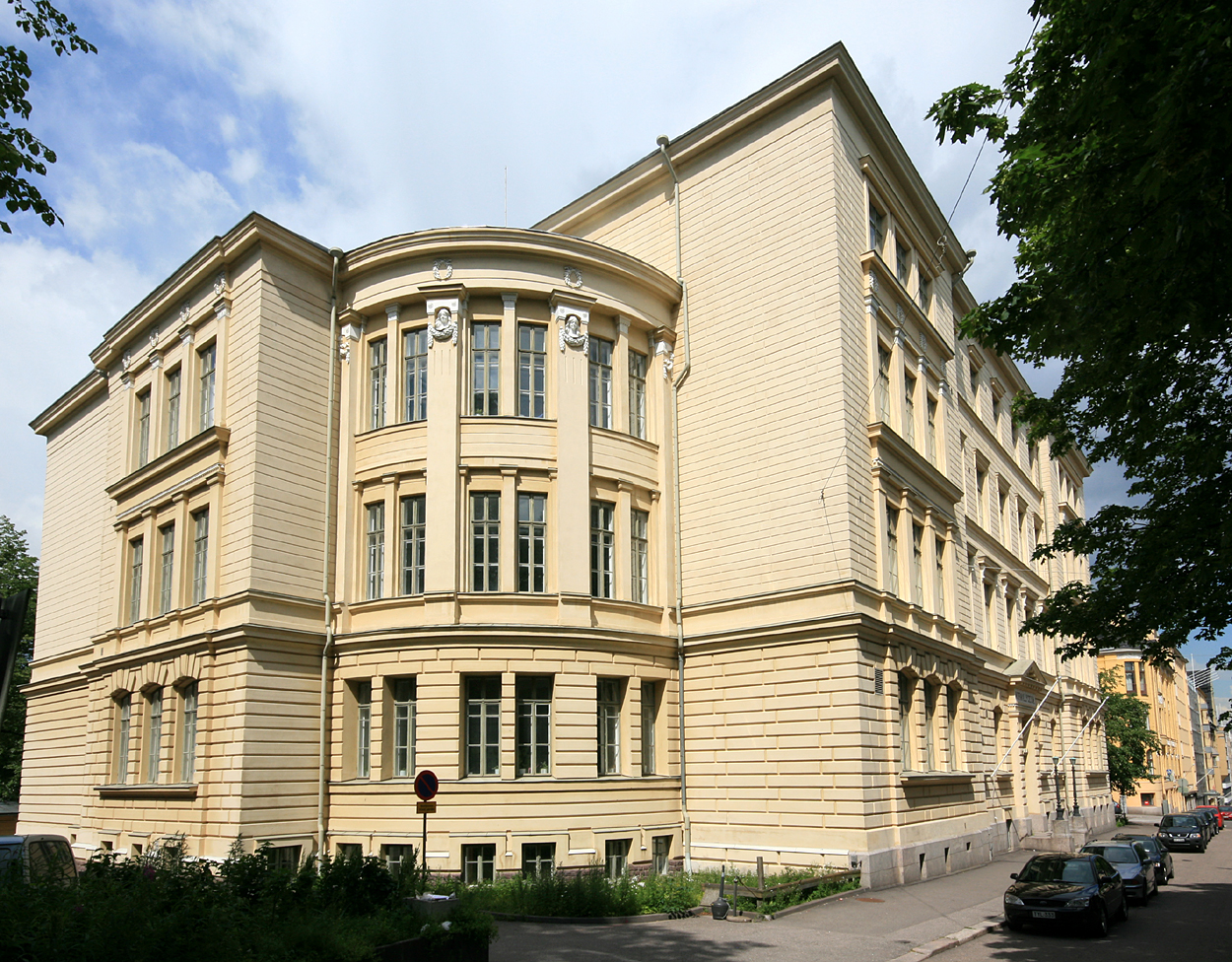|
Axel Hampus Dalström
Axel Hampus Dalström (22 March 1829 – 19 March 1882), was a Finnish architect. He was the director of the National Board of Public Building from 1869 to 1882. University of Helsinki . Retrieved 11 August 2014. Dalström is best known for the Old Student House in Helsinki as well as for seven lighthouses he designed in the 1870s. Works * Sälskär Lighthouse, (1868) *[...More Info...] [...Related Items...] OR: [Wikipedia] [Google] [Baidu] |
Finland
Finland, officially the Republic of Finland, is a Nordic country in Northern Europe. It borders Sweden to the northwest, Norway to the north, and Russia to the east, with the Gulf of Bothnia to the west and the Gulf of Finland to the south, opposite Estonia. Finland has a population of 5.6 million. Its capital and largest city is Helsinki. The majority of the population are Finns, ethnic Finns. The official languages are Finnish language, Finnish and Swedish language, Swedish; 84.1 percent of the population speak the first as their mother tongue and 5.1 percent the latter. Finland's climate varies from humid continental climate, humid continental in the south to boreal climate, boreal in the north. The land cover is predominantly boreal forest biome, with List of lakes of Finland, more than 180,000 recorded lakes. Finland was first settled around 9000 BC after the Last Glacial Period, last Ice Age. During the Stone Age, various cultures emerged, distinguished by differen ... [...More Info...] [...Related Items...] OR: [Wikipedia] [Google] [Baidu] |
Oulu
Oulu ( , ; ) is a city in Finland and the regional capital of North Ostrobothnia. It is located on the northwestern coast of the country at the mouth of the Oulujoki, River Oulu. The population of Oulu is approximately , while the Oulu sub-region, sub-region has a population of approximately . It is the most populous Municipalities of Finland, municipality in Finland, and the fourth most populous List of urban areas in Finland by population, urban area in the country. Oulu is also the most populous city in Northern Finland. Oulu's neighbouring municipalities are: Hailuoto, Ii, Finland, Ii, Kempele, Liminka, Lumijoki, Muhos, Pudasjärvi, Tyrnävä and Utajärvi. Oulu is the third northernmost city in the world with a population of over 100,000, after Murmansk and Norilsk in Russia. Due to its large population and geopolitical, economic and cultural-historical position, Oulu has been called the "capital of Northern Finland". Oulu is also considered one of Europe's "living labs", ... [...More Info...] [...Related Items...] OR: [Wikipedia] [Google] [Baidu] |
Architects From Helsinki
An architect is a person who plans, designs, and oversees the construction of buildings. To practice architecture means to provide services in connection with the design of buildings and the space within the site surrounding the buildings that have human occupancy or use as their principal purpose. Etymologically, the term architect derives from the Latin , which derives from the Greek (''-'', chief + , builder), i.e., chief builder. The professional requirements for architects vary from location to location. An architect's decisions affect public safety, and thus the architect must undergo specialised training consisting of advanced education and a ''practicum'' (or internship) for practical experience to earn a license to practice architecture. Practical, technical, and academic requirements for becoming an architect vary by jurisdiction though the formal study of architecture in academic institutions has played a pivotal role in the development of the profession. Origins Thr ... [...More Info...] [...Related Items...] OR: [Wikipedia] [Google] [Baidu] |
1882 Deaths
Events January * January 2 ** The Standard Oil Trust (business), Trust is secretly created in the United States to control multiple corporations set up by John D. Rockefeller and his associates. ** Irish-born author Oscar Wilde arrives in New York at the beginning of a lecture tour of the United States and Canada. * January 5 – Charles J. Guiteau is found guilty of the assassination of James A. Garfield (President of the United States) and sentenced to death, despite an insanity defense raised by his lawyer. * January 12 – Holborn Viaduct power station in the City of London, the world's first coal-fired public electricity generating station, begins operation. February * February 3 – American showman P. T. Barnum acquires the elephant Jumbo from the London Zoo. March * March 2 – Roderick Maclean fails in an attempt to assassinate Queen Victoria, at Windsor, Berkshire, Windsor. * March 18 (March 6 Old Style) – The Principality of Serbia becomes ... [...More Info...] [...Related Items...] OR: [Wikipedia] [Google] [Baidu] |
1829 Births
Events January–March * January 19 – Ernst August Friedrich Klingemann, August Klingemann's adaptation of Johann Wolfgang von Goethe's ''Goethe's Faust, Faust'' premieres in Braunschweig. * February 27 – Battle of Tarqui: Troops of Gran Colombia and Peru battle to a draw. * March 11 – German composer Felix Mendelssohn conducts the first performance of Johann Sebastian Bach's ''St Matthew Passion'' since the latter's death in 1750, in Berlin; the success of this performance sparks a revival of interest in Bach. * March 21 – The bloodless Wellington–Winchilsea duel takes place at Battersea near London * March 22 – Greece receives autonomy from the Ottoman Empire in the London Protocol (1829), London Protocol, signed by Russian Empire, Russia, France and Britain, effectively ending the Greek War of Independence. Greece continues to seek full independence through diplomatic negotiations with the three Great Powers. * March 31 – Pope Pius VIII succeeds Pope Leo ... [...More Info...] [...Related Items...] OR: [Wikipedia] [Google] [Baidu] |
Svenska Normallyceum
Svenska normallyceum i Helsingfors (Norsen) was a Swedish-language school in the Kaartinkaupunki district of Helsinki between 1864 and 1977. The school was only for boys until 1974 when it became a co-educational school. History Svenska normallyceum was established on the initiative of Johan Vilhelm Snellman in 1864. The school was initially called ''Helsingfors normalskola,'' but the name was changed in 1874. As a normal school, Norsen offered prospective teachers auscultation opportunities, which is why it included both classical and realschule education. Between 1867 and 1872 the school had a department for Finnish-speaking students. The school was located on Aleksanterinkatu 6 for the first few years and then on Kasarmikatu 48 between 1867 and 1878. Norsen was then temporarily located in a rented facility at Ratakatu 2, while a new school building designed by architect Axel Hampus Dahlström was being built. In 1880 the school moved to the new building on Unioninkatu 2 ... [...More Info...] [...Related Items...] OR: [Wikipedia] [Google] [Baidu] |
Sortavala
Sortavala (; Finnish language, Finnish and ; ), previously known as Serdobol () until 1918, is a types of inhabited localities in Russia, town in the Republic of Karelia, Russia, located at the northern tip of Lake Ladoga near the Finland, Finnish border, west of Petrozavodsk, the capital city of the Republic of Karelia. The closest city on the Finnish side of the border is Joensuu, which is located from Sortavala. In 2021, the population of Sortavala was 19,215. History The district of Sortavala was first recorded in Swedish documents dating to 1468. Russian documents first mention it as Serdovol or Serdobol in 1500. It was ceded to Sweden after the Ingrian War. With the 1721 Treaty of Nystad, the settlement was joined to Russia along with the rest of Old Finland and was given the Russian name Serdobol. It became known for its marble and granite quarries which provided materials necessary for construction of imperial palaces in Saint Petersburg, St. Petersburg and its Ru ... [...More Info...] [...Related Items...] OR: [Wikipedia] [Google] [Baidu] |
Savonlinna
Savonlinna (, , ; ) is a town in Finland, located in the eastern interior of the country. It lies in the Finnish Lakeland, the South Savo region. The population of Savonlinna is approximately , while the Savonlinna sub-region, sub-region has a population of approximately . It is the most populous Municipalities of Finland, municipality in Finland. Savonlinna is located in the heart of the Saimaa Lakeland, which is why it is also known as the "Capital of Saimaa". Together with Mikkeli, they are the two largest towns in the South Savo region and both are centres of the region's Hospital districts in Finland, hospital districts. Savonlinna enclaves the municipality of Enonkoski. Savonlinna is internationally known for its medieval St. Olaf's Castle and the annual Savonlinna Opera Festival. History The city was founded in 1639, based on Olavinlinna castle (''St. Olaf's Castle''). The castle was founded by Erik Axelsson Tott in 1475 in an effort to protect Savo (historical provi ... [...More Info...] [...Related Items...] OR: [Wikipedia] [Google] [Baidu] |
Salmi (rural Locality)
Salmi (; Finnish and , lit. ''inlet'') is a rural locality (a settlement) in Pitkyarantsky District of the Republic of Karelia, Russia. Municipally, it is incorporated within and serves as the administrative center of Salminskoye Rural Settlement of Pitkyarantsky Municipal District. History The first mention of the Solomenskiy Orthodox pogost in this place dates back to 1500. It was part of the Korelsky district of the Vodskaya Pyatina. Before the capture of these territories by the Swedes in the early 17th century — the Solomians. "Voskresenskaya Solomyanskaya pogost" with borders from modern Uuksu to the Border Guard on the shore of Ladoga and to Suoyarvi in the north. Since 1617, as part of the Swedish Kingdom, from this period there has been a mass exodus of the local Karelian population to the territory of modern Tver and Vologda regions. In 1632, the Swedes of Salmi presented the rights of the city. Under the terms of the Nishtadt Peace Treaty in 1721, the lands were ... [...More Info...] [...Related Items...] OR: [Wikipedia] [Google] [Baidu] |
The Guards Manege
''The'' is a grammatical article in English, denoting nouns that are already or about to be mentioned, under discussion, implied or otherwise presumed familiar to listeners, readers, or speakers. It is the definite article in English. ''The'' is the most frequently used word in the English language; studies and analyses of texts have found it to account for seven percent of all printed English-language words. It is derived from gendered articles in Old English which combined in Middle English and now has a single form used with nouns of any gender. The word can be used with both singular and plural nouns, and with a noun that starts with any letter. This is different from many other languages, which have different forms of the definite article for different genders or numbers. Pronunciation In most dialects, "the" is pronounced as (with the voiced dental fricative followed by a schwa) when followed by a consonant sound, and as (homophone of the archaic pronoun ''thee'') ... [...More Info...] [...Related Items...] OR: [Wikipedia] [Google] [Baidu] |





